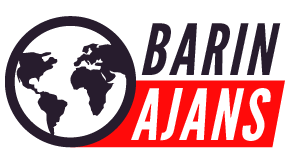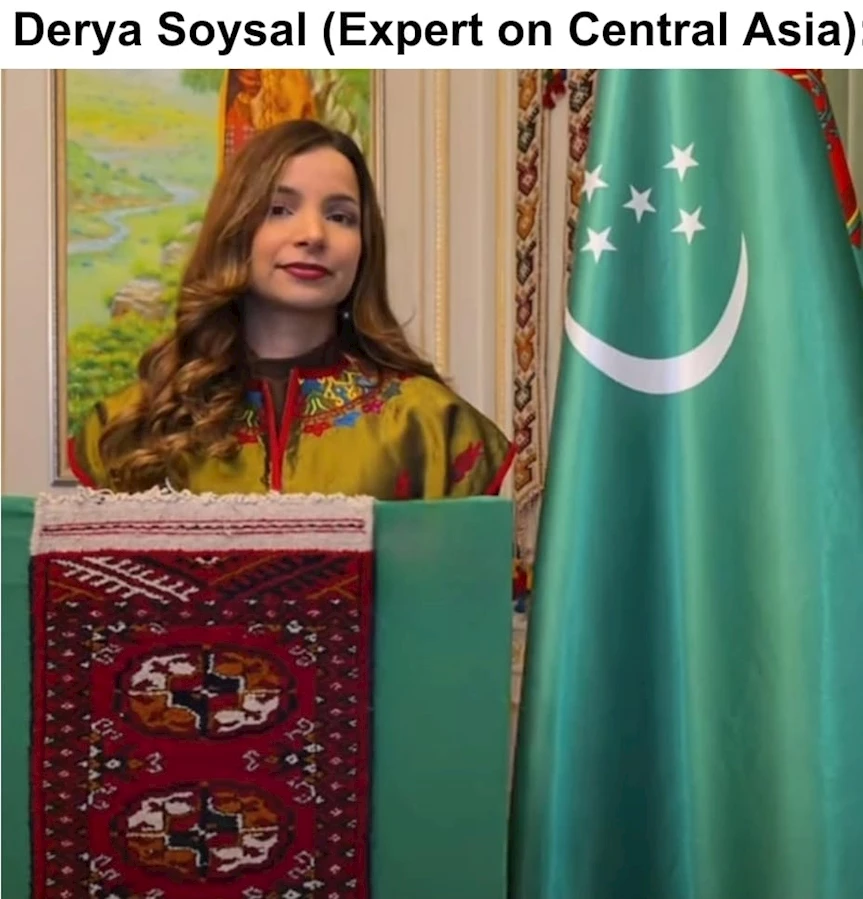

Misconceptions and Realities About Turkmenistan
Derya Soysal (Expert on Central Asia)
1. Introduction

Turkmenistan is a Turkic country in Central Asia, located east of the Caspian Sea, south of Kazakhstan and Uzbekistan, and north of Iran and Afghanistan.
This former Soviet republic gained independence from the Soviet Union in 1991, allowing it to develop its domestic and foreign policies, strengthen its national identity, and promote its unique cultural heritage. Today, Turkmenistan continues to play a significant role in the region due to its vast natural resources and strategic position in Central Asia.
Turkmenistan achieved independence in a period of tension in its southeastern neighbor. At the time of Turkmenistan’s independence in 1991, Afghanistan was engulfed in a civil war. After the withdrawal of Soviet troops in 1989, President Mohammad Najibullah sought to defend his government against attacks from the Mujahideen. The situation in Afghanistan was marked by constant conflict between government forces and resistance groups, as well as political instability. This period of conflict also impacted neighboring countries like Turkmenistan, which worked to maintain its own independence and stability amidst regional turmoil. Turkmenistan’s government policies, particularly in response to such instability on its borders, were shaped by these circumstances and will be examined further in the following sections.
Today, Turkmenistan often faces disinformation. The purpose of this article is to reveal the true face of Turkmenistan and help readers better understand the country’s potential.
2. False Information About Turkmenistan
Firstly, Turkmenistan is a republic governed by a presidential system, whereas North Korea has a communist one-party system. For example, in 2022, Serdar Berdimuhamedov was elected president, winning approximately 73% of the vote against eight other candidates.
Secondly, Turkmenistan works closely with the European Union. In fact, during a one-on-one discussion with an official from the European Commission’s Directorate-General for External Relations, which focuses on Central Asia, it was made clear that Turkmenistan is always open to criticism and dialogue, particularly regarding human rights issues.
3. Turkmenistan’s Diplomatic Relations
In terms of its economy and international openness, much misinformation is spread by the media and on social platforms, and this perspective deserves further elaboration.
Turkmenistan has established economic relations with numerous countries, particularly accepting foreign investments in the energy and infrastructure sectors. Moreover, the country seeks to expand its economic partnerships and move closer to the European Union. For example, Turkmenistan participates in and organizes international forums and seeks to diversify its economic partnerships. This year, Turkmenistan declared 2025 as the “Year of Peace.” In this context, major international conferences and forums will be held.
In other words, Turkmenistan follows a policy of openness toward other nations. The country is increasingly displaying openness and fostering a diverse range of international relations. Turkmenistan has developed strong partnerships with the EU, the USA, China, and other countries. These collaborations contribute to Turkmenistan’s economic growth and development.
Turkmenistan is open to foreign investors and tourists, welcoming thousands of international visitors annually. The country is particularly known for its historical and cultural riches. Turkmenistan hosts numerous UNESCO World Heritage Sites, such as Ancient Merv, Kunya-Urgench, and the Parthian Fortresses of Nisa. Additionally, the country’s traditional crafts and cultural events attract significant interest.
4. Common Misconceptions and Facts About Turkmenistan on Social Media
Another widespread misconception concerns entry and exit regulations. In Turkmenistan, citizens are allowed to travel, and tourists can obtain visas through local travel agencies.
There are also common stereotypes: claims that people cannot move freely, that internet usage is banned, or that all cars in Ashgabat must be white.
Firstly, when I visited Ashgabat and explored the city, I felt truly at peace. I greatly admired the city and felt completely safe—something that is often challenging in large European capitals.
Secondly, it is not true that internet usage is entirely banned, though some social media platforms are restricted.
Another piece of misinformation frequently mentioned in foreign narratives is the claim that Turkmenistan is pro-Russian or fully Russified. However, I believe Turkmenistan is the least Russified country among the Central Asian nations. Walking through the streets, I noticed everything was written in Turkmen. I didn’t see a single word in Russian. The younger generation doesn’t use Russian, and nearly all young people speak Turkish.
Lastly, regarding the policy in Ashgabat, the city’s aesthetic harmony is promoted through the prevalence of white as a preferred color. While white cars are indeed more common, cars in other colors can also be seen daily in Ashgabat, adding to the city’s beauty. This emphasis on cleanliness and harmony could serve as a model elsewhere.
Conclusion
In conclusion, it is important to correct misconceptions about Turkmenistan and reveal its true face. Turkmenistan is a Turkic state, and combating disinformation about it is essential. In 2025, Turkmenistan declared the “International Year of Peace and Trust.” Throughout the year, the country will spread messages of peace worldwide, and its permanent neutrality will play a key role in these efforts.
I hope this article helps readers gain a more accurate and comprehensive understanding of Turkmenistan.